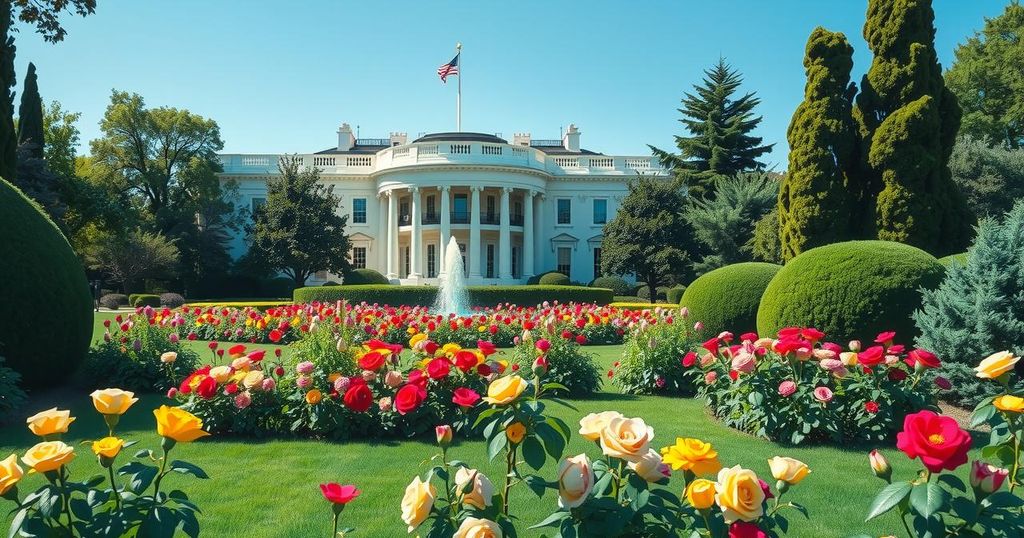Iran aims to become one of the world’s leading AI powers but faces critical infrastructure deficits, talent migration, and international isolation that undermine its ambitions. While the vision is symbolically bold, the reality presents substantial obstacles to achieving AI supremacy. Without substantial reforms and global integration, Iran’s aspirations may remain unfulfilled.
In the ongoing global competition for artificial intelligence (AI) supremacy, falling behind poses significant strategic challenges. Iran aims to establish itself among the world’s top ten AI powers, as emphasized by Mohammad Mokhber, Special Assistant to the Supreme Leader, at the recent conference on “AI and Future Civilization.” Despite this ambitious aspiration, numerous infrastructural and geopolitical limitations suggest that this goal leans more towards political fantasy than a viable strategy.
Mokhber’s vision outlines empowering youth, investing in education, bolstering research, and supporting tech startups as essential elements for building an AI ecosystem. However, current conditions in Iran paint a starkly different picture. Ranked 94th out of 193 countries in the Government AI Readiness Index 2024, Iran lags significantly behind neighbors such as the UAE, Israel, and Saudi Arabia.
While the UAE and Saudi Arabia make substantial investments in AI infrastructure, Iran grapples with issues related to fragmented digital infrastructure and poor policy implementation. The UAE’s strategic partnerships with firms like BlackRock and Microsoft contrast sharply with Iran’s lack of a cohesive AI strategy, compounded by international sanctions that limit foreign investment and access to technology.
A critical requirement for achieving AI supremacy is having robust technical infrastructure, which encompasses high-speed internet, reliable energy supplies, and advanced research and development (R&D) facilities. Leading countries invest heavily in these sectors, unlike Iran, which faces significant infrastructural deficits impacting data and computing.
Iran struggles with inadequate internet connectivity, restricted access to international resources, and insufficient computing capabilities for AI modeling. The lack of advancements in quantum computing and limited access to essential microelectronics due to U.S. export control laws further hamper Iran’s ability to compete in global AI initiatives.
The migration of educated professionals from Iran poses another daunting challenge. Reports indicate a yearly exodus of nearly 180,000 talented individuals, signaling a severe brain drain that undermines Iran’s ability to foster a tech ecosystem. Political repression, economic instability, and the lack of quality research opportunities drive this phenomenon.
Moreover, Iran faces an energy crisis that further constrains its AI ambitions. Despite having vast natural gas reserves, the country experiences daily gas deficits leading to power outages, adversely affecting AI development, which demands constant energy for computational needs.
Research and development represent fundamental components of achieving AI leadership. In contrast to the extensive investments made by the U.S. and China in R&D, Iran’s allocation of $115 million to AI research falls substantially short. Limited international collaboration and inadequate funding degrade Iran’s R&D capacity, making innovation in AI a distant objective.
The private sector’s involvement is crucial in translating AI research into practical applications. Despite the presence of 8,000 knowledge-based firms in Iran, they encounter dramatic constraints, including limited access to markets, lack of funding, and governmental sanctions that impede their growth and innovation. It is essential for Iran to create an environment that fosters innovation and integrates private sector initiatives into the global AI community.
International sanctions and geopolitical isolation further complicate Iran’s ambitions, as they restrict access to cutting-edge technologies and impede foreign investment. Additionally, leading AI nations strive to safeguard their technological assets, creating barriers that further alienate Iran from progress in the sector.
Addressing the multifaceted challenges Iran faces, including the need for better public sector support, global collaborations, a clear ethical framework, and improved public awareness of AI, is vital for creating a competitive environment. Iran’s aspiration to join the ranks of AI leaders hinges upon strategic reforms and practical measures.
Despite the bold aspirations of Iranian leadership, substantial obstacles remain. With human capital shortages, ongoing power crises, and an unfavorable international landscape, it appears that without a pragmatic and integrated approach, Iran’s ambitions in AI leadership may never materialize. The country must confront its limitations honestly if it wishes to bridge the gap between its visionary goals and practical realities. For now, the path to AI supremacy remains fraught with formidable challenges.
Iran’s ambition to ascend to the elite ranks of AI superpowers is overshadowed by significant challenges, including talent exodus, poor infrastructure, and geopolitical isolation. A fundamental reevaluation of strategies, along with comprehensive reforms and international partnerships, is necessary for Iran to turn its vision into reality. As it stands, achieving AI supremacy will likely remain an unattainable dream rather than a pragmatic goal.
Original Source: timesofindia.indiatimes.com




